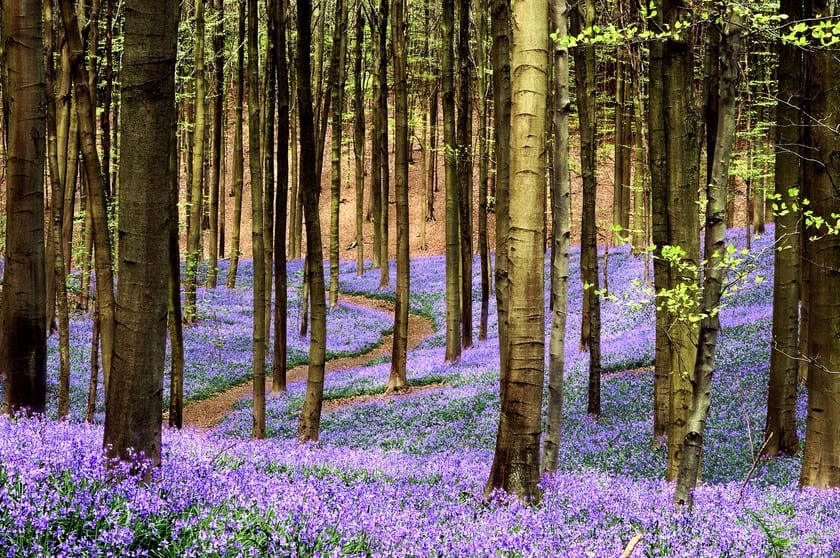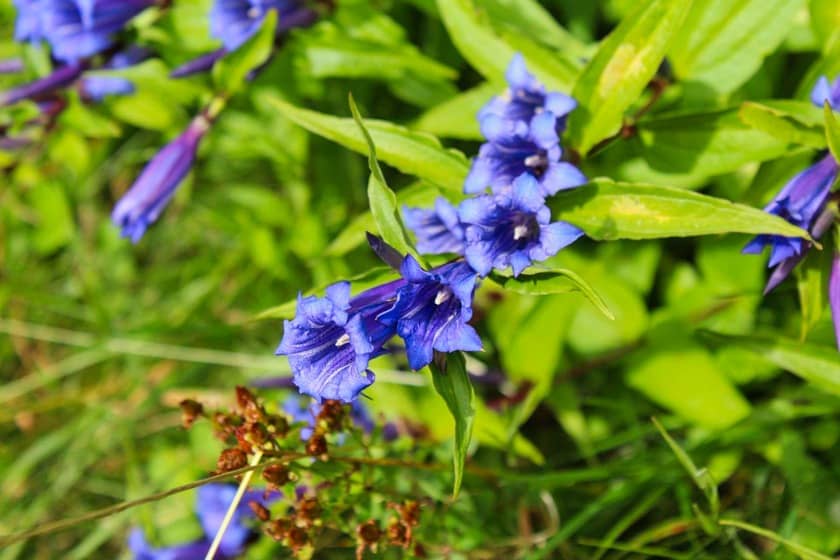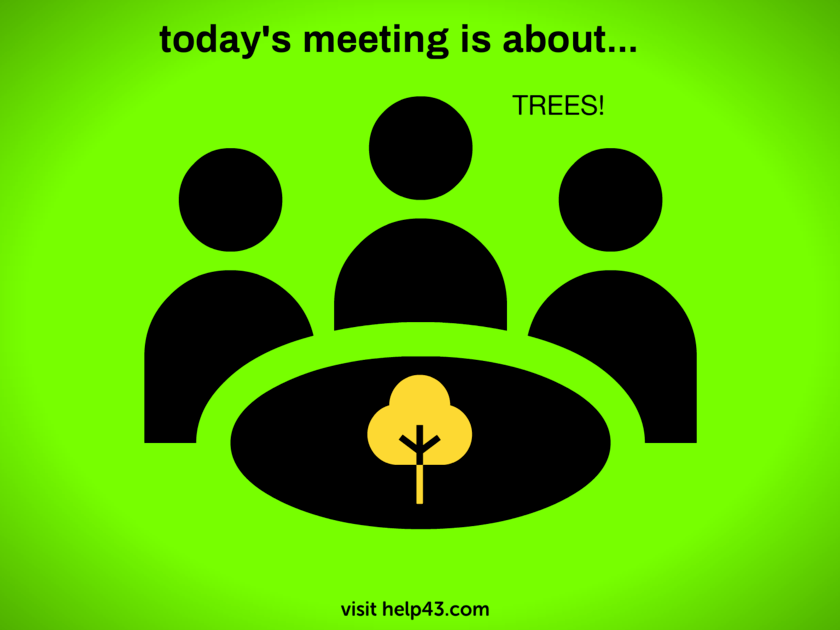The bluebells of Hallerbos
A Poem
A splendor
A magical moment
Awesome
Unique
Wild beauties
Scattered like carpets
Covering the lands
Covering our hearts
Blue shades
Purple dots
White liners
Yellow lights
Shopcorner
Videos
Please discover the beauty of this forest with images from Hallerbos
Bluebells
Bluebells are a type of flowering plant that belong to the genus Hyacinthoides, and the family Asparagaceae. There are two species of bluebells that are commonly known – the English bluebell (Hyacinthoides non-scripta) and the Spanish bluebell (Hyacinthoides hispanica).
English bluebells are native to the British Isles, and are known for their delicate, bell-shaped flowers that bloom in shades of blue and purple. They typically grow in woodland areas and are a popular sight in the spring.
Spanish bluebells, on the other hand, are native to Spain and Portugal, but are also commonly found in gardens and parks around the world. They have a broader range of colors, including blue, pink, and white, and their flowers are typically more open and less bell-shaped than those of the English bluebell.
Both species of bluebells are highly regarded for their beauty and are popular ornamental plants in gardens and parks. However, it is worth noting that the Spanish bluebell is considered an invasive species in some areas, as it can hybridize with and displace native bluebells.
Classification of bluebell flowers
| Kingdom | Plantae |
| Division | Magnoliophyta |
| Class | Liliopsida |
| Order | Asparagales |
| Family | Asparagaceae |
| Genus | Hyacinthoides |
| English Species | Hyacinthoides non-scripta |
| Spanish Species | Hyacinthoides hispanica |
General characteristics of bluebell flowers
Appearance: Bluebell flowers are characterized by their delicate, bell-shaped blooms. The flowers typically grow on tall, slender stems and come in shades of blue, purple, pink, and white.
Habitat: English bluebells are typically found in deciduous woodlands and hedgerows in the British Isles, while Spanish bluebells are native to Spain and Portugal but can be found in gardens and parks around the world.
Growing conditions: Bluebells prefer cool, moist soils in partially shaded areas. They are hardy plants and can survive in a range of soil types, from sand to clay.
Bloom time: Bluebells typically bloom in the spring, although the exact timing may vary depending on the climate and growing conditions.
Growth habit: Bluebells are perennial plants that grow from bulbs. They can spread and naturalize over time, forming large clumps of flowers.
Symbolism: Bluebells are often associated with humility, gratitude, and everlasting love. In folklore, bluebells were believed to be enchanted and were said to ring out to summon fairies to their gatherings.
Planting and flowering season of the bluebells
The planting season for bluebells typically depends on whether you are planting bulbs or seeds.
If you are planting bulbs, they should be planted in the autumn (usually between September and November) so that they have time to establish themselves before blooming in the spring. When planting bulbs, they should be placed about 10cm deep and around 15cm apart, in a partially shaded area with well-draining soil.
If you are planting bluebell seeds, they should be sown in the autumn or early spring. The seeds should be sown on the surface of the soil in a partially shaded area, and lightly covered with soil. It is important to note that it can take several years for bluebell seeds to grow into mature plants that are capable of flowering.
The flowering season for bluebells varies depending on the species and growing conditions. In general, English bluebells bloom in the late spring (usually in April and May), while Spanish bluebells can bloom a bit earlier (usually in March and April). The blooming period can last for several weeks, and the flowers can last for up to a month before fading away. During the blooming season, bluebells are a spectacular sight and attract a variety of pollinators, such as bees and butterflies.
Table summarizing some key information about bluebells
| Scientific Name | Hyacinthoides non-scripta (English Bluebell) and Hyacinthoides hispanica (Spanish Bluebell) |
| Plant Type | Perennial flowering plant |
| Flower Color | Shades of blue, purple, pink, and white |
| Blooming Season | – English bluebells bloom in late spring (April-May), – Spanish bluebells bloom a bit earlier (March-April) |
| Planting Season | – Bulbs should be planted in the autumn (September-November) – Seeds can be sown in autumn or early spring |
| Growing Conditions | Partially shaded area with well-draining soil, preferably cool and moist |
| Habitat | – English bluebells are typically found in deciduous woodlands in the British Isles – Spanish bluebells are native to Spain and Portugal but can be found in gardens and parks around the world. |
| Symbolism | Bluebells are often associated with humility, gratitude, and everlasting love. In folklore, bluebells were believed to be enchanted and were said to ring out to summon fairies to their gatherings. |
History of the bluebells of Hallerbos
The Hallerbos, also known as the Blue Forest, is a beautiful forest located in Belgium. In the spring, the forest comes alive with a spectacular display of bluebells, which has become a popular tourist attraction in the region.
The history of the bluebells in the Hallerbos can be traced back to the early 20th century, when the forest was selectively logged for its timber. This practice continued until the 1930s, when the Belgian government took over management of the forest and began implementing more sustainable forestry practices.
In the years following World War II, the Hallerbos underwent a period of ecological restoration, with efforts made to restore the native forest ecosystem and protect the bluebells that had been growing there for centuries.
Today, the Hallerbos is a protected area that is home to a diverse range of plant and animal species. Each spring, visitors come from all over the world to witness the stunning display of bluebells that covers the forest floor in a sea of blue.
The popularity of the bluebells in the Hallerbos has led to concerns about the impact of tourism on the fragile forest ecosystem. To protect the bluebells, visitors are asked to stay on designated paths and avoid trampling on the flowers. Additionally, the forest is closed to visitors during the evening and overnight hours, to allow the bluebells to rest and recover.
The bluebells of the Hallerbos are a testament to the resilience of nature, and a reminder of the importance of protecting and preserving our natural heritage for generations to come.

Ever seen such a splendor?
Invest in your future
Take time to learn
Embark on your journey in affiliate marketing and website creation alongside an incredible community and myself. Invest in your future by dedicating time to learn and earn. Take all the time you need to master the basics before aiming higher. Give it a try and sign up for free. You won't regret it! Discover the possibilities for yourself...


